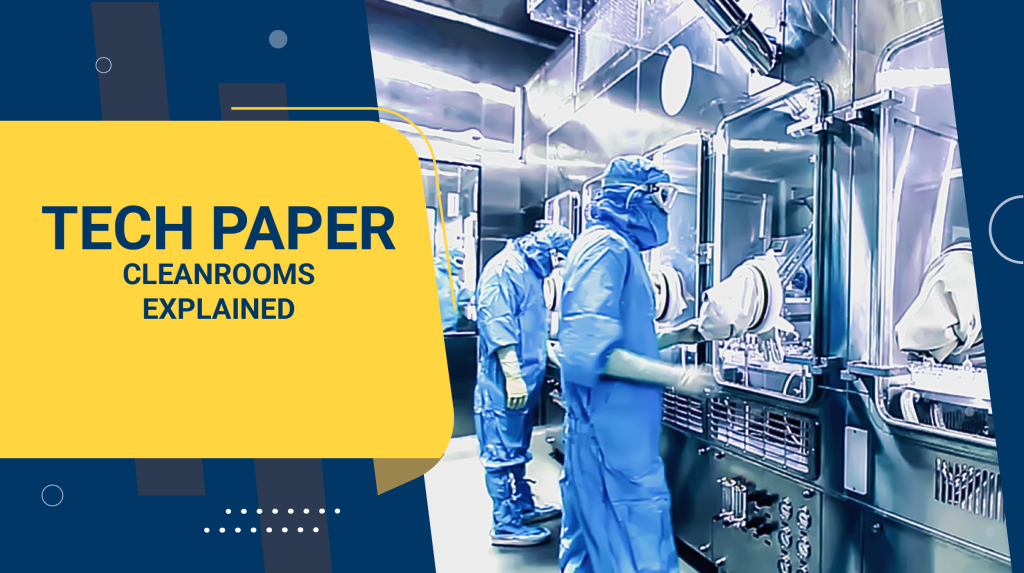A cleanroom is a specifically designed room that controls contamination. Cleanrooms are used in practically every industry where small particles can adversely affect the manufacturing process and product. The main components of a cleanroom are what keeps the cleanroom clean. To control contamination in a cleanroom clean air is required, access is limited and outside contamination is restricted. The main contaminators inside a cleanroom are people. A HVAC system is used to provide air at a define temperature and humidity and HEPA filters are used to provide sterile air into the cleanroom. The internal design and materials of construction inside a cleanroom must be smooth, antistatic, easily sterilized and cleaned and do not cause particle traps where dirt can build up. The number of air changes per hour coupled with the cleanroom design of interior structures and materials define the Cleanroom classification. The key component is the High Efficiency Particulate Air (HEPA) filter that is used to trap particles that are 0.3 micron and larger in size. All of the air delivered to a cleanroom passes through HEPA filters, and in some cases where stringent cleanliness performance is necessary, Ultra Low Particulate Air (ULPA) filters are used.
Home | Knowledge Center | Cleanrooms Explained


